You will need:
- A printer or a drawing of the secchi disk image
- A local creek, river or bay i.e. still water
- Cardboard, hole punch, metal washer and string
- A laminator would be great to preserve the disk
- Tape measure and clothes peg
- Someone with you who can swim in case of emergency.
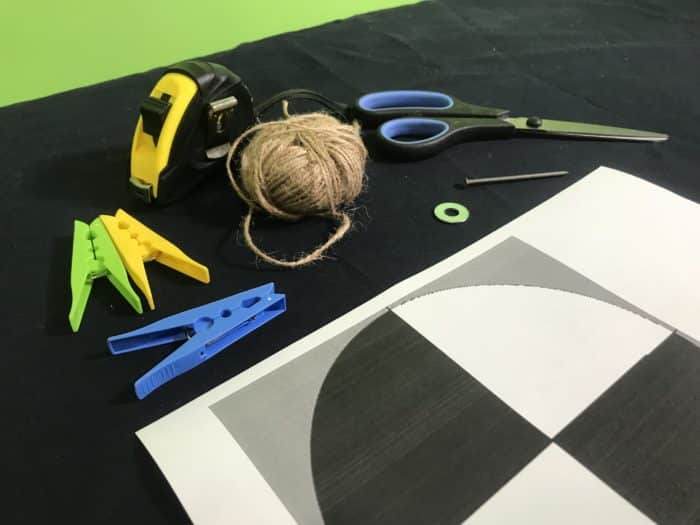
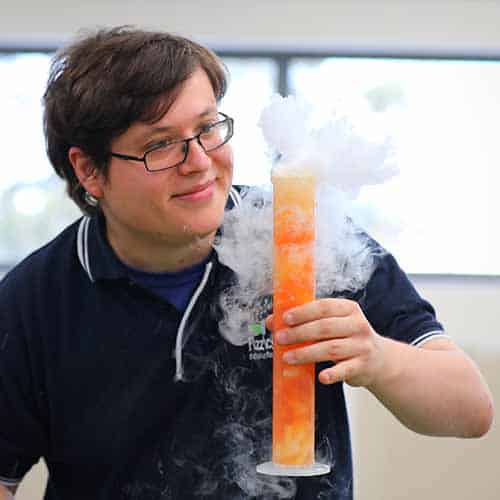
School science visits since 2004!
– Curriculum-linked & award-winning incursions.
– Over 40 primary & high school programs to choose from.
– Designed by experienced educators.
– Over 2 million students reached.
– Face to face incursions & online programs available.
– Early learning centre visits too!
More information
Turbidity is a measurement of how ‘cloudy’ the water is in a given water body. ‘Cloudiness’ in water can occur from suspended sediment, dead organic matter or algal blooms. Turbidity is measured in nephelometric turbidity units (NTU’s)which is a comparison of the amount of light scattered by the suspended particles in the water.
Aquatic and marine plants do not grow as well if light levels in water are reduced. This is a major problem, as less plants photosynthesising in water means less oxygen in the water, which in turn affects fish and other organisms needing the oxygen. Furthermore, reduced plant life in water affects the local ecosystem as animal populations that feed off the aquatic plants are reduced.
An even worse problem is that increasing turbidity can indicate high nutrient levels which are a growth factor for blue-green algae (cyanobacteria). This algae is very toxic and competitive against other microorganisms, ruining river systems such as the Murray-Darling River System.
Teaching about sustainability? From Plants for Life to Renewable energy, we’ve got your unit covered!
Get in touch with FizzicsEd to find out how we can work with your class.
Renewable Energy
Years 3 to 6
Maximum 30 students
Workshop (NSW & VIC)
60 or 90 minutes
Online Class Available
STEM Full Day Accelerator - Primary
Designed from real classroom experiences, this modular day helps you create consistently effective science learning that directly address the new curriculum with easily accessible and cost-effective materials.
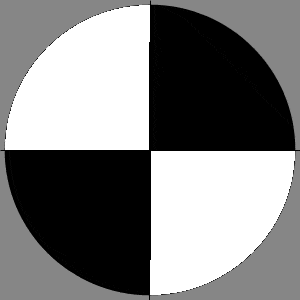
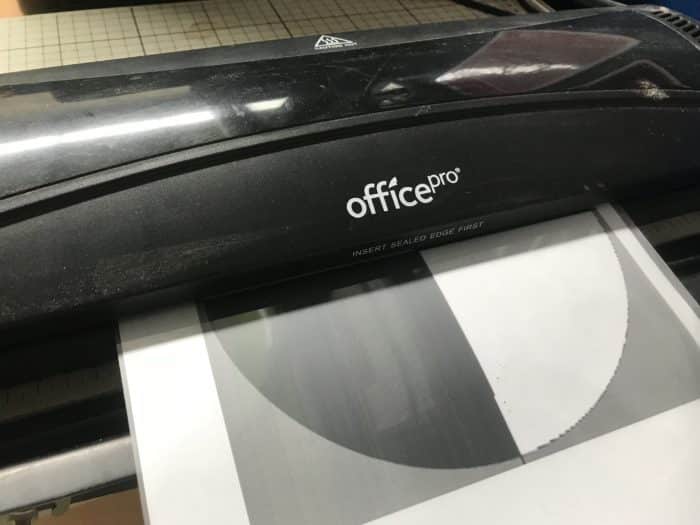
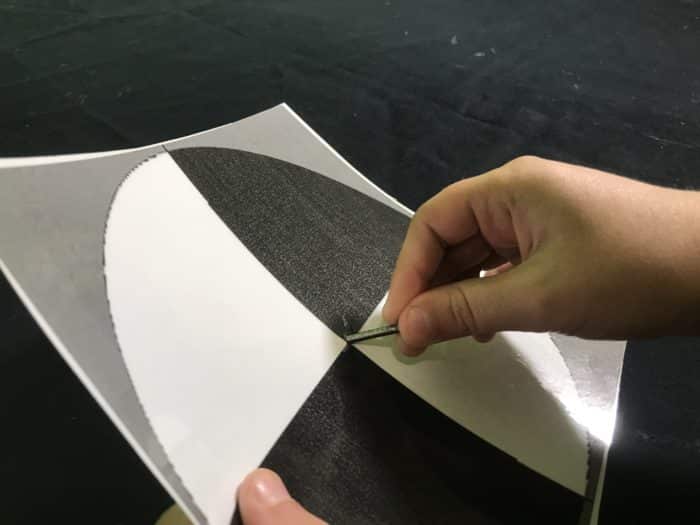
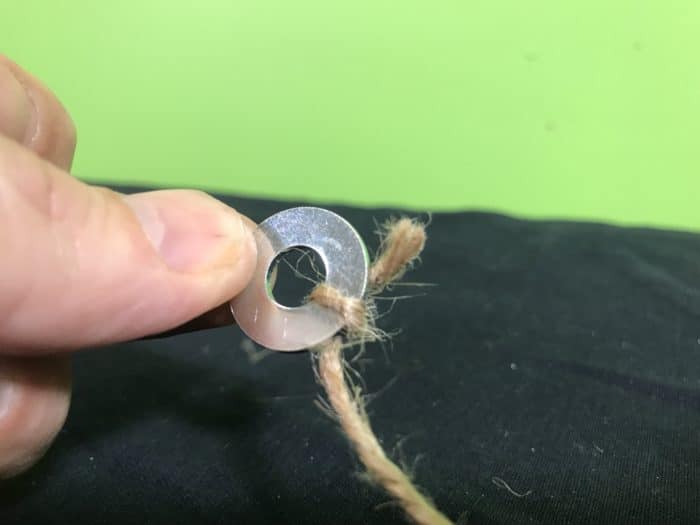
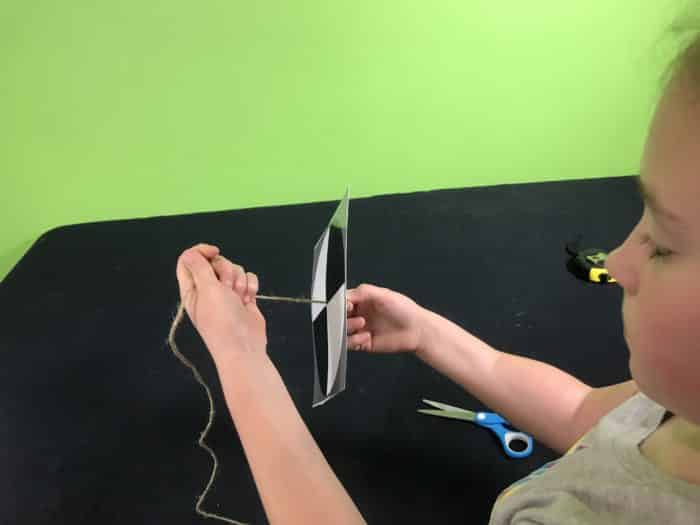
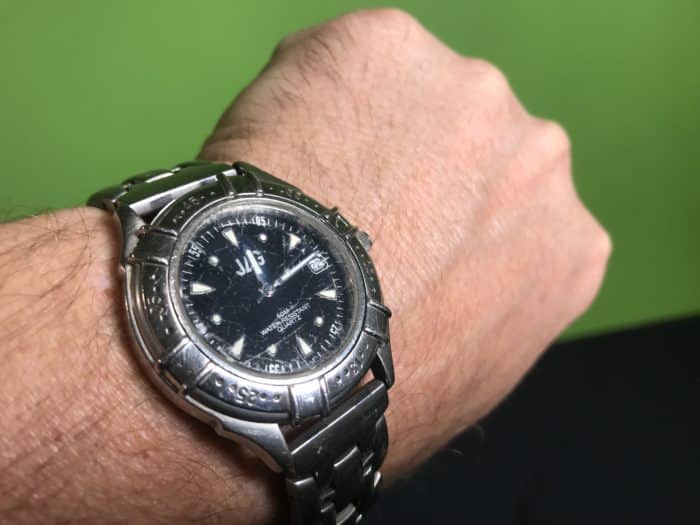
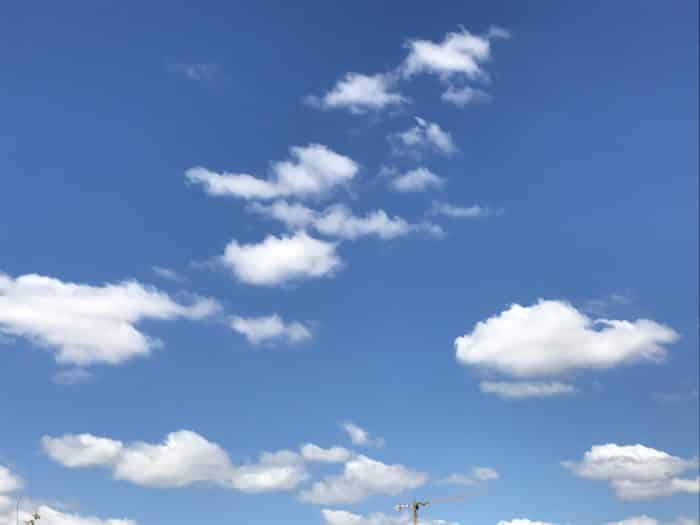
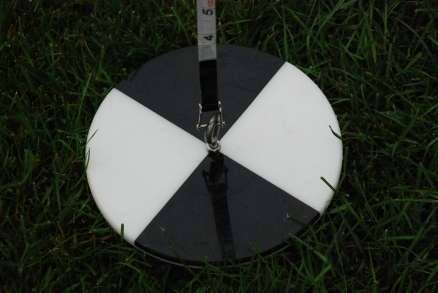
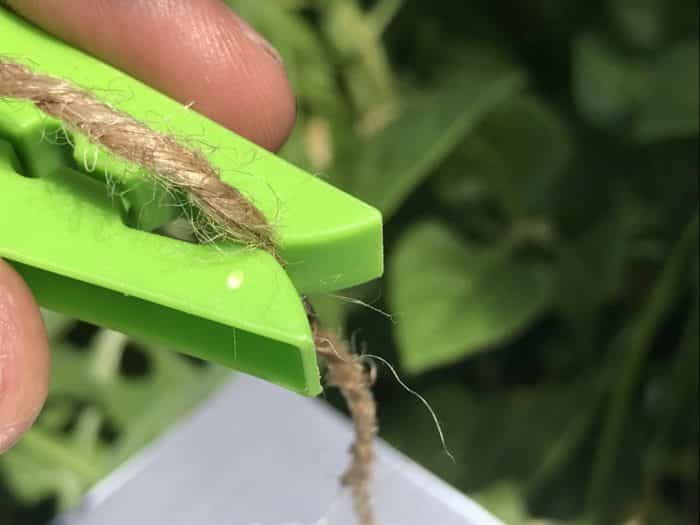
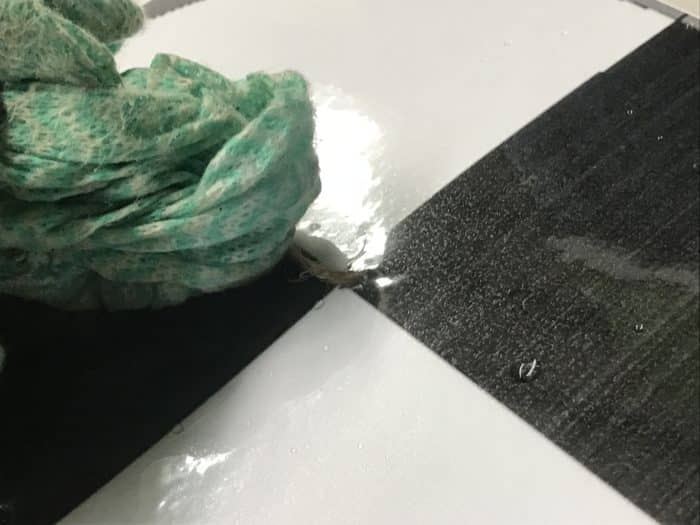
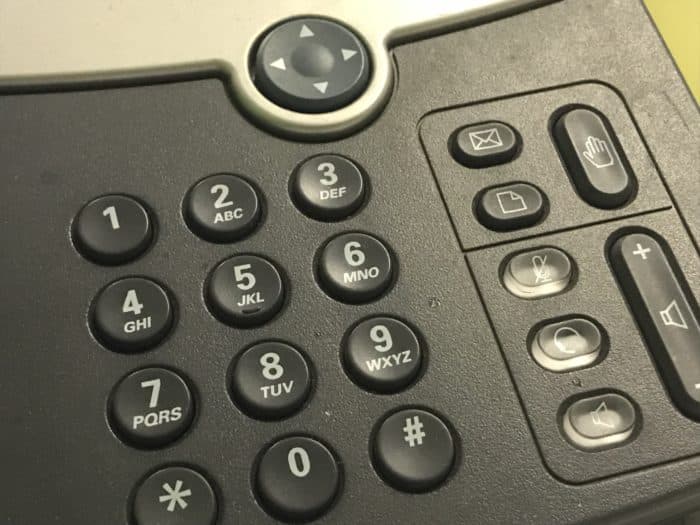

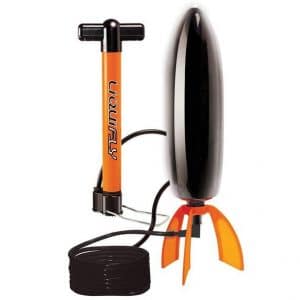
























Comments